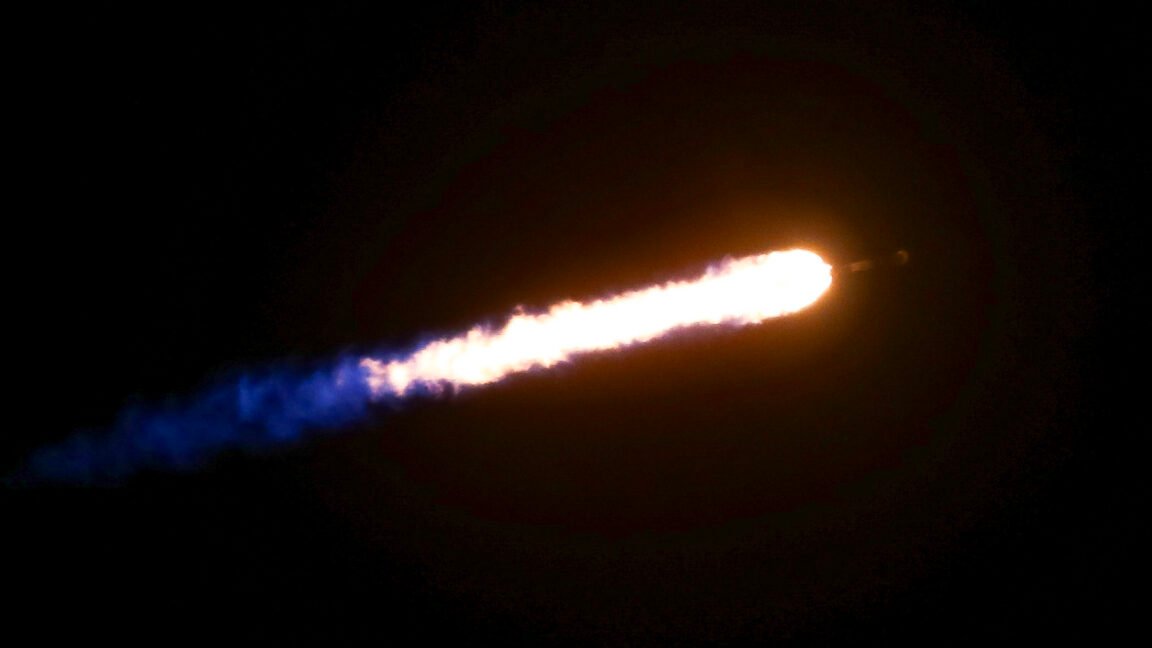Starship is designed to be completely and rapidly reusable, ultimately enabling multiple flights per day. But that’s still a long way off, and it’s unknown how many years it might take for Starship to surpass the Falcon 9’s proven launch speed.

Launch of a Starship rocket and Super Heavy booster from Starbase, Texas.
Credit: SpaceX
In any case, with Starship’s heavy lifting capabilities and advanced next-generation satellites, SpaceX could match an entire year’s worth of new Starlink capacity with just two fully loaded Starship flights. Starship will be able to provide 60 times more Starlink capacity in orbit than the constellation of satellites aboard the Falcon 9.
There is no reason to believe that SpaceX will be satisfied with just keeping up with today’s Starlink growth rate. There are emerging market opportunities in connecting satellites to smartphones, space-based computer processing and data storage, and military applications.
Other companies have medium to heavy rockets that are either new to the market or scheduled to launch soon. These include Blue Origin’s New Glenn, which is now set to make its second test flight in the coming days, with a reusable booster designed to facilitate rapid-fire launch cadence.
Despite all the newcomers, most satellite operators appear to lack launch capacity in the commercial market. “The industry is likely to remain supply-constrained throughout the decade,” wrote Caleb Henry, research director at industry analysis firm Quilty Space. “This could cause problems for some of the many large constellations on the horizon.”
United Launch Alliance’s Vulcan rocket, Rocket Lab’s Neutron, Stoke Space’s Nova, Relativity Space’s Terran R, and Firefly Aerospace and Northrop Grumman’s Eclipse are among the other rockets competing to take a bite out of the launch apple.
“Whether the market can support six medium to heavy lift launch providers from the US alone,plus starship,This is an open question, but demand for launches is likely to remain high for the remainder of the decade, providing an opportunity for one or more new players to establish themselves in the pecking order,” Henry wrote in a post on Quilty’s website.
China’s space program will also need more rockets. That country’s two megaconstellations, known as Guowang and Qianfan, will contain thousands of satellites that will require a significant increase over Chinese launches.
With all this in mind, the demand curve for access to space is sure to move upward. How companies meet this demand, and how many different departures there are from Earth, is not at all clear.
